Jordan Schnitzer Museum of ArtPartner Story
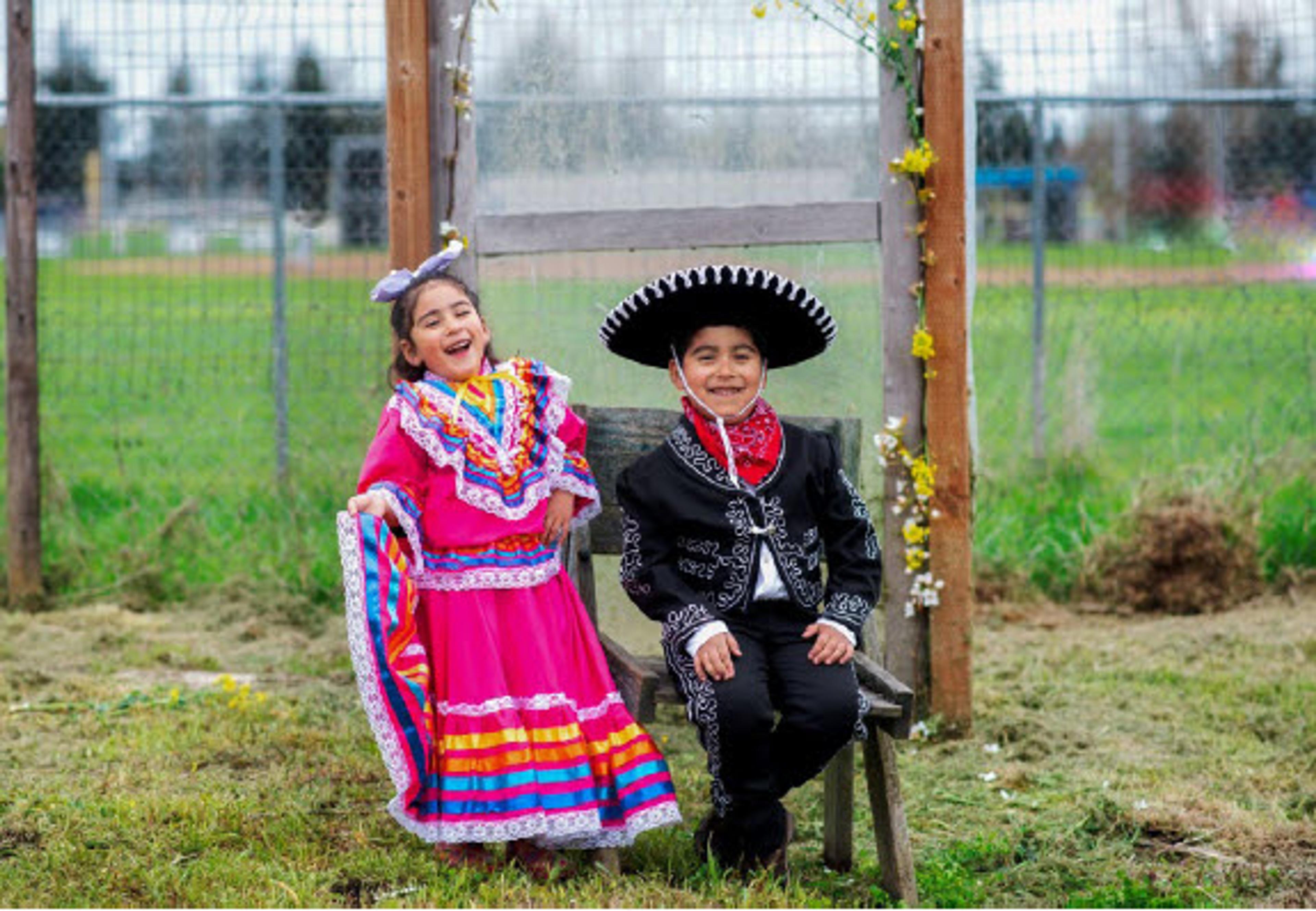
Courtesy of the artist, Huerto de la Familia, and Jordan Schnitzer Museum of Art
A New Partnership
The (JSMA) at the University of Oregon created three innovative programs for their Art Bridges-funded project, which focused on two loans from the Art Bridges collection, (1931) and (1942). These Mexican masterworks were on display from September 2018 through September 2019.
With support from Art Bridges, JSMA partnered with a local Eugene, Oregon non-profit, (The Family Garden). Huerto works to offers Latinx families a place to connect to their roots and the earth by growing their own organic food. Through this partnership, the museum was able to build access, inclusion, and a new audience by introducing the Latinx community to their city’s art museum.
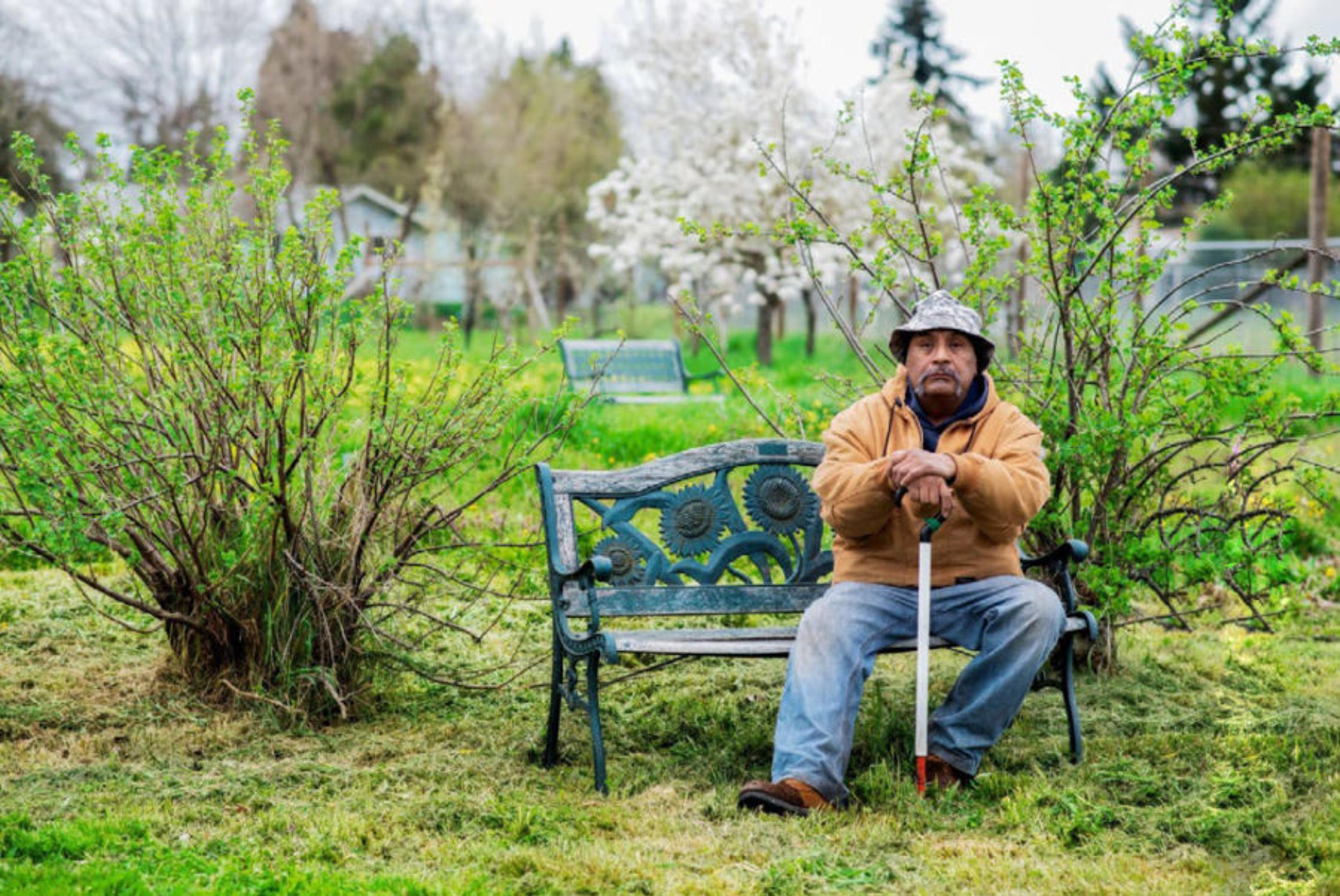
Courtesy of the artist (Ofelia Guzmán), Huerto de la Familia, and Jordan Schnitzer Museum of Art
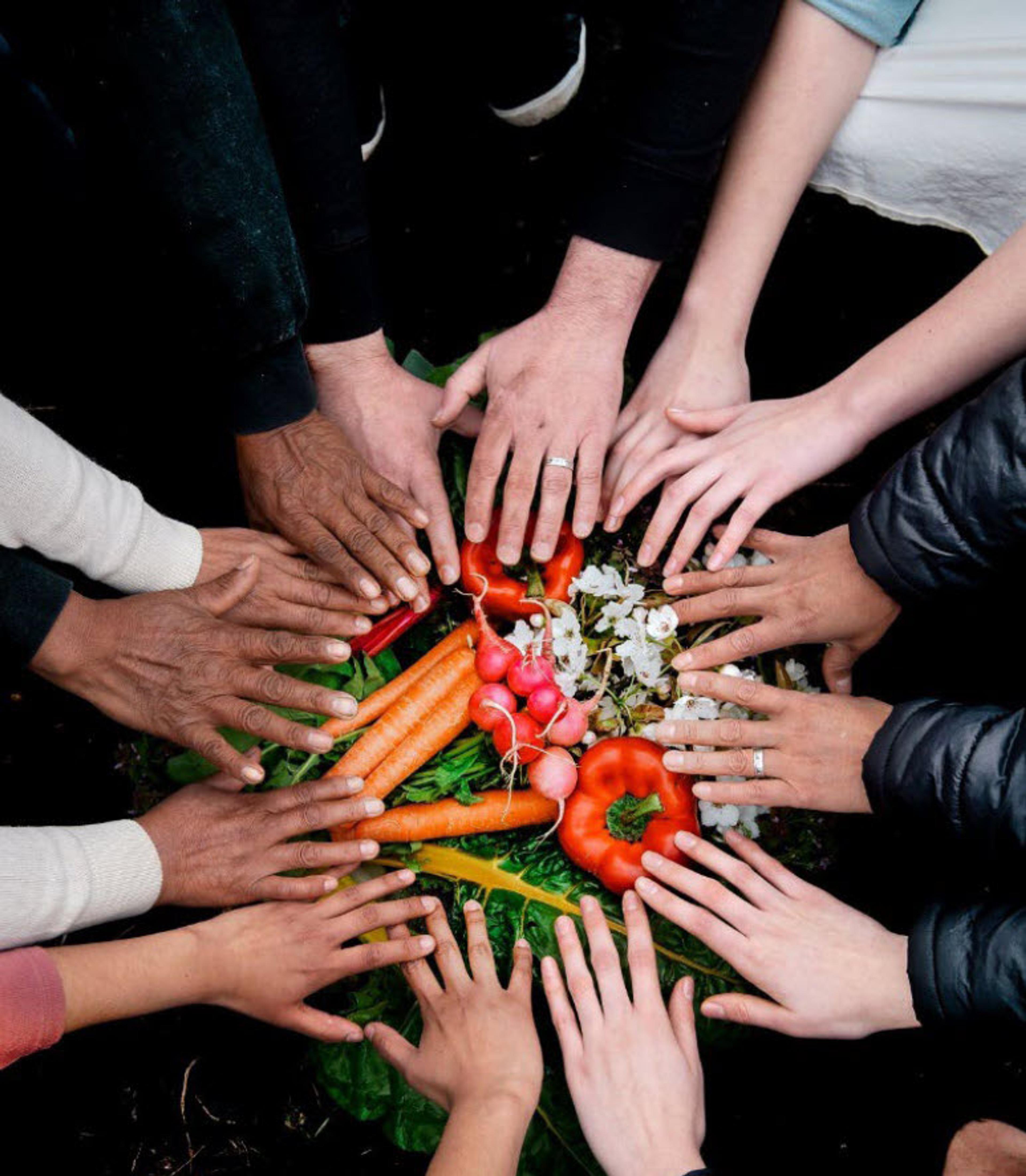
Hands, vegetables, and flowers mandala, 2019
Programming
In Rivera’s La ofrenda, lush vegetation forms a circular embrace around the central figures. In this way, the artist highlights the bond between humans and the natural world within the context of an ancient tradition of remembering and honoring the past. Tamayo’s Perro aullando a la luna suggests hunger, solitude, and despair, which Huerto de la Familia works to ameliorate.
With this inspiration in mind, JSMA offered three programs in partnership with Huerto de la Familia, whose goal is increased health, cultural identity, community integration, and economic self-sufficiency among Latinos in Lane County.
First, Muralist Esteban Camacho Steffenson led Latinx families in the creation of a portable mural at one of the Huerto de la Familia’s local farm properties. During the creation of the mural, Ofelia Guzmán, a Spanish-speaking photographer, took pictures of Latinx families in their gardens.
Second, the museum installed the portraits and the mural alongside the loaned paintings in their gallery for two months in the exhibition Flor y canto: Diego Rivera’s La ofrenda and Rufino Tamayo’s Perro aullando a la luna.
Finally, the exciting culminating program was Nuestras raíces y el arte, a bilingual cultural event featuring music, dance, storytelling, food, artist talks, art making, and the exhibitions, which drew in large crowds. As in Rivera’s painting La ofrenda, a similar process of remembering, preparing and sharing the smells and tastes of traditional dishes from Mexico took place.
Critical Impact
While JSMA’s existing Latin American art collection, exhibitions, programs, as well as Latinx visitor attendance, has grown over the past seven years, funding from Art Bridges for these new programs related to Flor y canto allowed the museum to expand its partners, reach 3,700 Latinx community members, and evaluate visitation and project success.
Young Latinx families affiliated with Huerto de la Familia are mostly from Mexico and living at 100% or 150% of the federal poverty level. They have limited opportunities to engage in a public art project, share it with others, and have their artistic expressions honored at a cultural celebration. According to Huerto board members, their clientele might never have heard of Rivera or Tamayo, or seen their art, so this partnership affirmed their cultural heritage in new ways.
This project allowed the Jordan Schnitzer Museum of Art to introduce the Huerto de la Familia community to their city’s art museum as a place where people can build respect, trust, understanding, and pride across cultures through dialogue and artistic expression.
“Members of Huerto de la Familia expressed feelings of excitement, pride, importance, and inclusion seeing themselves and their fellow members in photographs on the walls of an art museum. They also felt the affirmation of their stories, struggles, and cultural contributions…Many Latinx families who had never been to an art museum attended the Nuestras raíces y el arte event and saw the work of Rivera and Tamayo for the first time.”
– Cheryl Hartup, Associate Curator of Academic Programs and Latin American Art at the Jordan Schnitzer Museum of Art
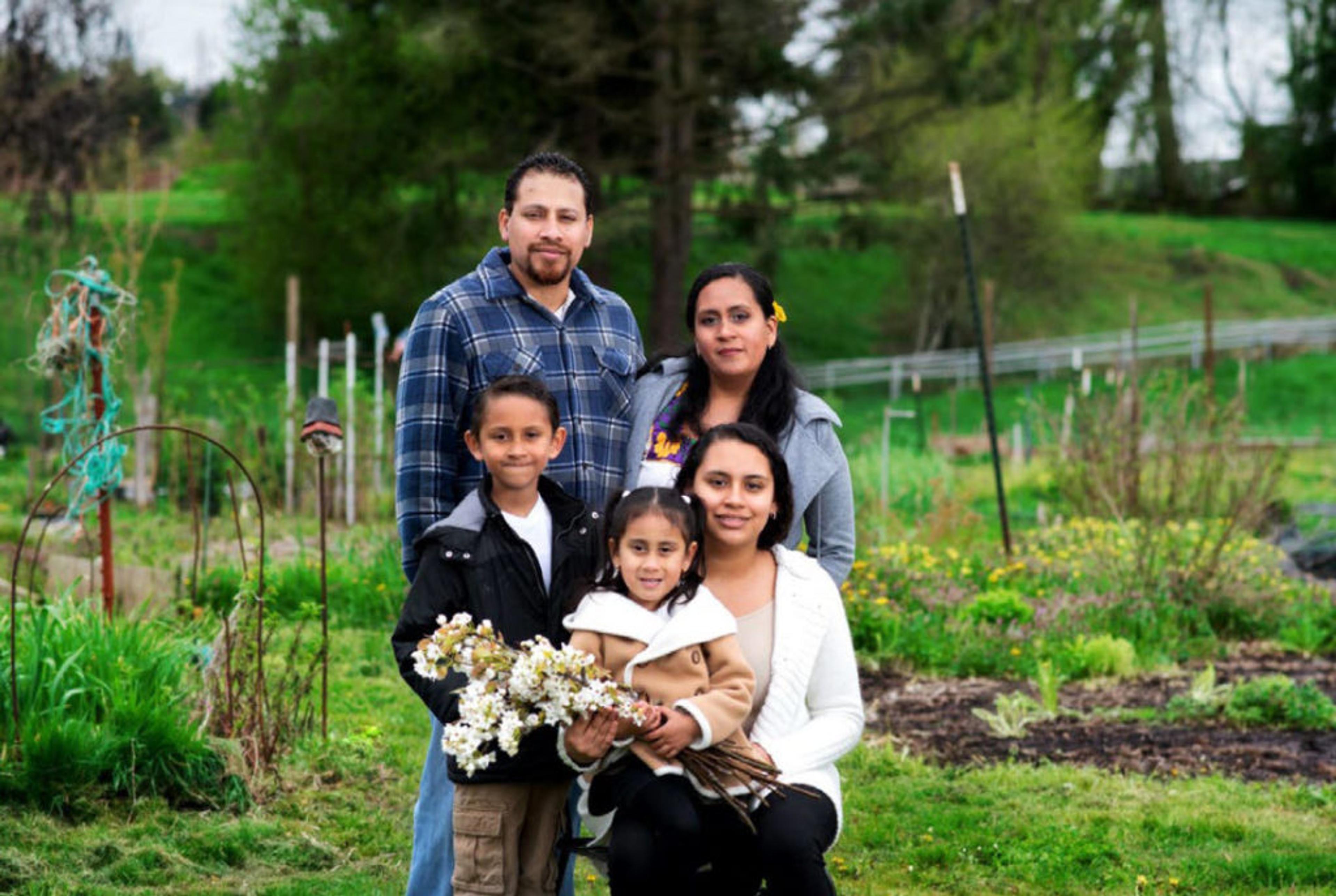
Front row, left to right: Caleb, Angely, and Sophia Terrazas Back row, left to right: Jeronimo and Judith Terrazas
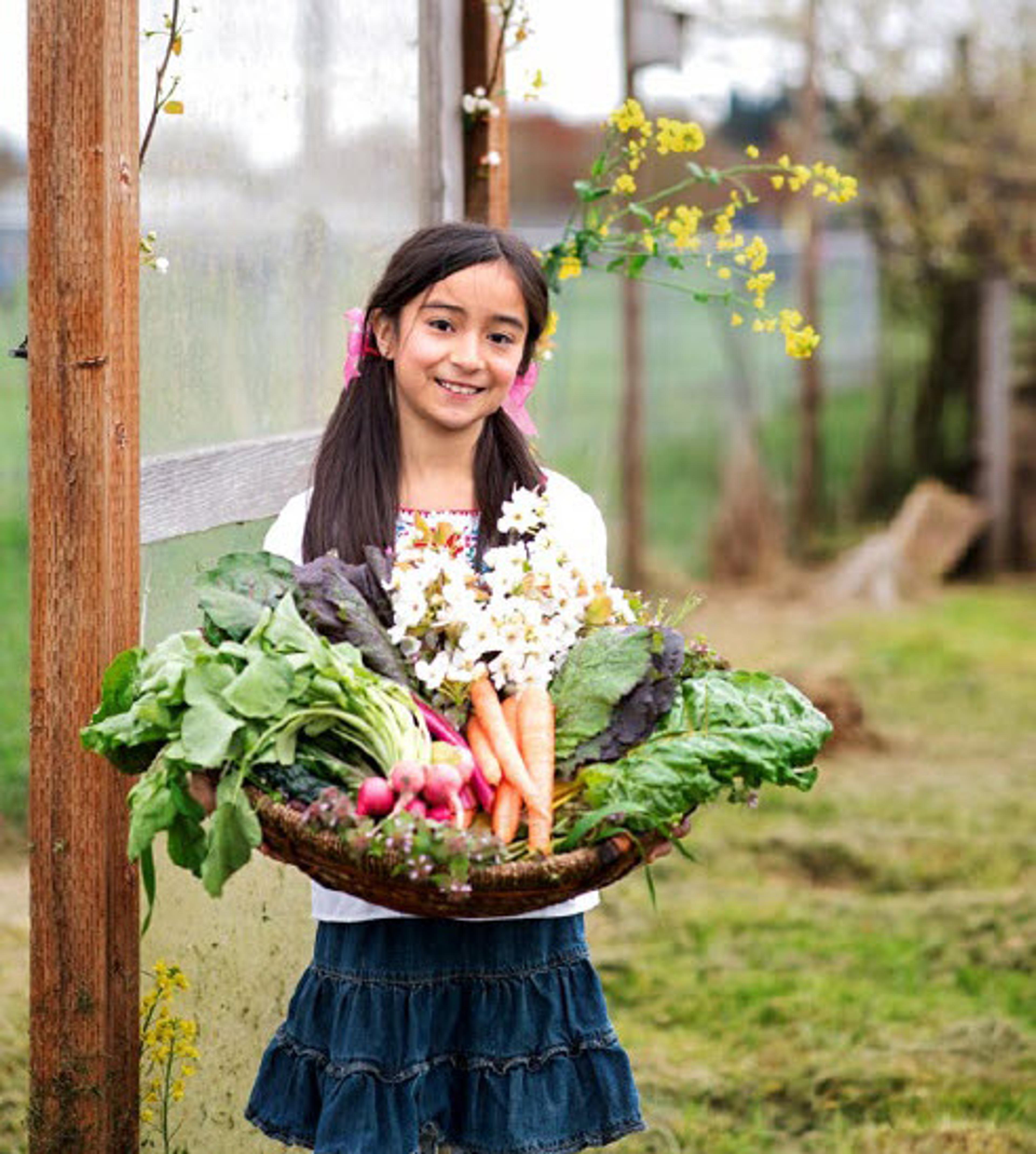
Camila Peralta
Why We Love This Project
Through the display and study of these artworks, JSMA affirmed the Latinx community’s cultural heritage in new ways. The museum actively engaged this community, meeting them where they were and honoring their traditions through their partnership with Huerto de la Familia. We love the fact that although Rivera and Tamayo’s works highlight Mexico’s Indigenous and folk art, the museum was able to make connections for their Oregon-based audiences. Based on their planned programming, engagement, and community experiences, they were able to build respect, trust, and understanding across cultures through artistic dialogue.